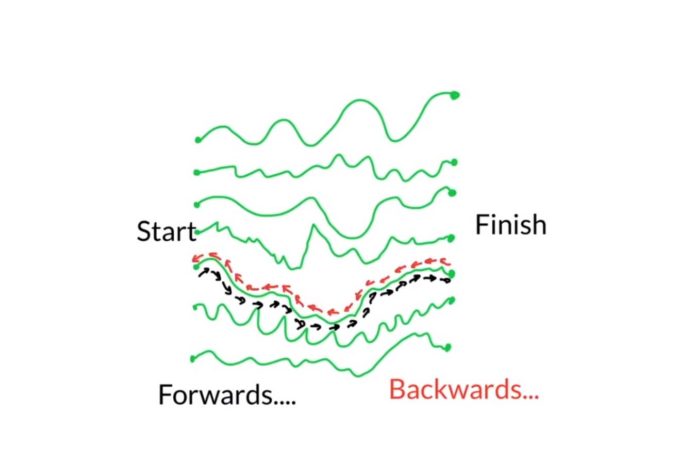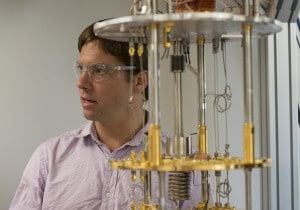In both thermodynamics and quantum mechanics, the arrow of time is described by the statistical likelihood of physical procedures.
In a new experiment by the scientists at the Washington University in St. Louis looks at the forward and reverse trajectories of superconducting circuits called qubits and characterizes this arrow of time for the continuous quantum measurement dynamics of a superconducting qubit.
Kater Murch, associate professor of physics in Arts and sciences, said, “When you look at a quantum system, the act of measuring usually changes the way it behaves. Imagine shining light on a small particle. The photons end up pushing it around, and there is a dynamic associated with the measurement process alone.”
“We wanted to find out if these dynamics have anything to do with the arrow of time — the fact that entropy tends to increase as time goes on.”
Scientists observed microscopic movies of a quantum system’s movement during measurement and asked if the movies looked more likely when played forward or backward; this comparison can be used to determine if entropy increases or not.
Murch said, “We found that even at the microscopic scale, the second law seems to hold: entropy generally increases.”
“This increase happens because we look at it — the process of making the movie seemingly creates the arrow of time.”
Scientists focused on getting detailed information on controlling open quantum systems. While everyday objects follow the laws of classical mechanics, single particles of light or matter follow instead of the laws of quantum physics. However, these particles are not easily isolated, and as soon as they interact with the outside world, they lose their quantum properties.
The new research work featured in this video and publication is partly funded by his 2015 Alfred P. Sloan Research Fellowship.

